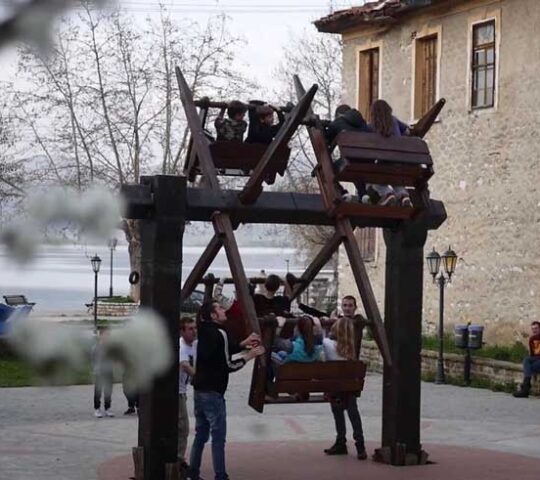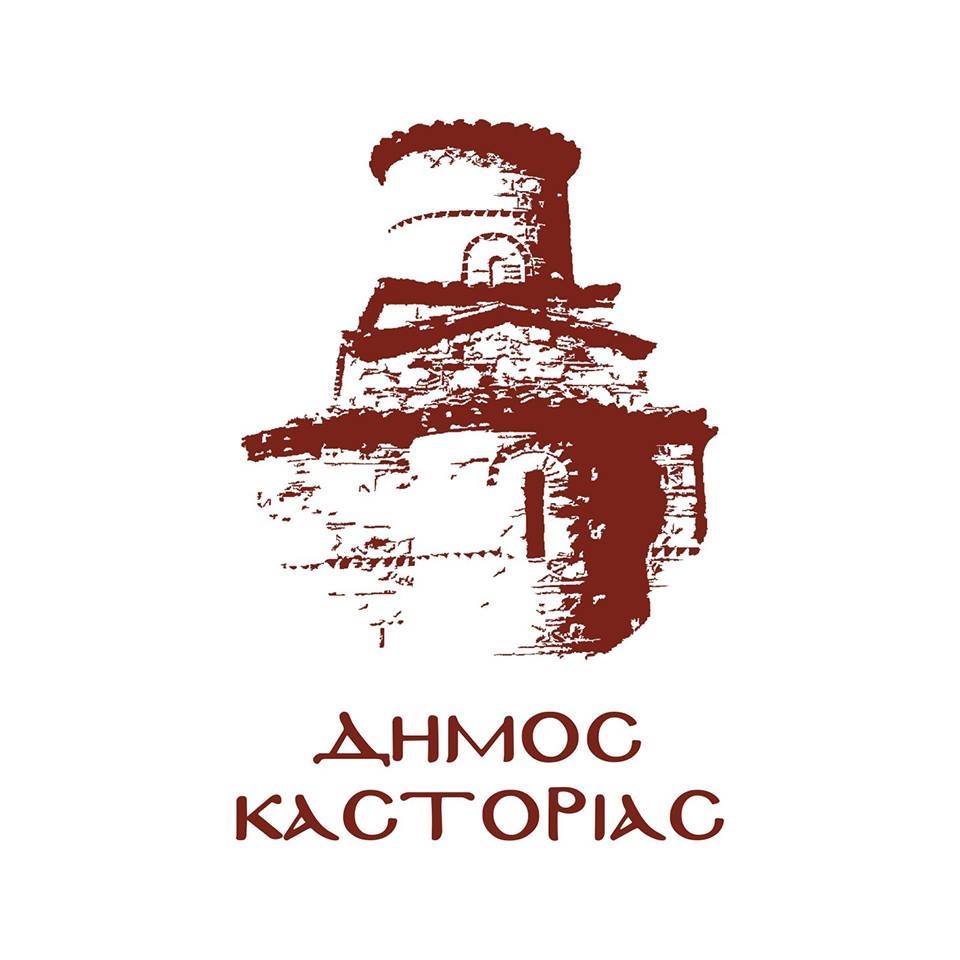Klidonas
Hightlight
-
 Parking
Parking
-
 People with disabilities
People with disabilities
-
 Recreation
Recreation
The custom of Klidonas was a summer pagan event that coincided with the birthday of St John the Baptist on 24 June and was associated with the fruiting of the trees. The custom referred to the theme of marriage in the form of a prophecy. One could say that it was a kind of oracle.
The protagonists of the custom were unmarried girls, who, with the strict social perceptions of that time, found the opportunity to express themselves freely.
We decorate the klidonas now and next year
Katmari and cloves on the top of the bridge.
Wherever it falls, may he have the the good things of Draskas.
With this song the girls of each machala (parish) decorated the Klidonas. Klidonas is a large thorny branch or bush, which on the day of the feast was decorated with the fruits of the season (apricots, heath, cherries, etc.) and with a flower on top. The girls who planned and participated in the custom, chose a house with a large yard, where they set up the Klidonas, with the help of the landlord, the father of one of the girls.
On the eve of Klidonas, the girls, in a pleasant mood, carrying “gioumia” (metal water containers) or stamnia, went to the lake to bring the “silent” water. All the way they were not to speak or laugh. The boys, now, both on the way back and forth, mocked the girls with various phrases and laughter, in order to elicit even a word or a laugh from them. In case they succeeded, the transfer of the “silent” water was aborted and the girl was obliged to spill the water and make a second attempt.
Those girls who managed to bring the “silent” water to the point of the Klidonas, threw in the “gioumia” or the stamnia, some of their own jewellery that would later prophesy their fate. They would cover them with a towel and leave them all night long, so that the stars and the moon could see them, in order to have good haberia (news). Meanwhile, at noon, they would all gather together at a house of the girls, write the oracle rhymes and eat pies (mostly pumpkin pies) that they had made themselves.
The next morning, after gathering all together again around Klidonas, they would each pull a piece of jewellery from the “gioumia” and the stamnia, and to whomever it belonged, they would read a rhyme that corresponded to the fate of each of them. After this was done, with laughter and merriment, all the girls would pour the silent water into the pond from which they had taken it, and when the waters were still at that point, they would stoop down to see in the water each one the one she desired.
Then they would return to the Klidonas again and set up a grand dance around it. Finally, they would have the eldest “roll” (shake) it to get the fruit with which they had decorated it, and with laughter, joy and teasing, they would shout, “Come back next year”.












